Do Deer Eat Geraniums? – Gardens are often the pride and joy of many homeowners, providing a haven for plants as well as a haven of peace. However, one problem that gardeners frequently face is dealing with deer. These magnificent animals, known for their graceful movements and gentle demeanor, can also be harmful to gardens. As a result, understanding their behavior and preferences is critical in order to protect our prized plants.
In this article, we’ll look into whether or not deer eat geraniums. Geraniums are a popular choice for many gardeners due to their vibrant and colorful flowers. They are a popular plant because they add beauty and charm to any garden. Their appeal to humans, however, begs the question of whether they are equally appealing to deer.
To gain insight into this matter, we must investigate deer behavior and dietary habits. We can predict whether geraniums will be on the menu for these graceful creatures by understanding the factors that influence their feeding preferences. We will also consider research findings, anecdotal evidence, and protective measures that can be implemented to protect geraniums from potential deer damage.
It is critical for gardeners to strike a balance between coexisting with wildlife and preserving the beauty of our gardens. Let us delve deeper to learn whether deer eat geraniums and arm ourselves with information to protect our prized plants.
Understanding Deer Behavior
Deer, known for their gentle nature and graceful presence, are herbivorous animals. Understanding their feeding habits is essential in determining whether they are likely to munch on geraniums. Here, we will explore the dietary preferences and behavior of deer to gain insight into their potential attraction to geraniums.
Dietary Habits of Deer
Deer have a diverse diet, consuming various types of plant material. They are primarily considered browsers, preferring tender shoots, leaves, and buds. Grass, soft twigs, and fruits also make up a significant portion of their diet. However, the availability of food sources and their palatability play a crucial role in determining their selections.
Sense of Smell and Food Selection
Deer possess an exceptional sense of smell, allowing them to locate and identify potential food sources with remarkable precision. Their sense of smell is heightened, enabling them to detect even the most subtle scents. This keen sense of smell guides their foraging behavior and helps them identify preferred plants.
Factors Affecting Deer Feeding Behavior
Several factors influence deer feeding behavior, ultimately determining their dietary choices. Here are some key factors to consider:
- Proximity to Natural Habitats: Deer are more likely to indulge in feeding activities closer to their natural habitats, such as forests and wooded areas. However, they can venture into gardens and suburban areas if food sources are scarce in their natural habitats.
- Population Density: The density of the deer population in a particular area can impact the availability and selection of food sources. When deer populations are dense, competition for food increases, and they may resort to consuming less preferred plants, including geraniums.
- Availability of Other Food Sources: If other preferred food sources, such as native plants and grasses, are abundant, deer may be less likely to target geraniums. They tend to prioritize easily accessible and highly palatable options.
Considering these factors, it becomes evident that the likelihood of deer eating geraniums may vary depending on the specific circumstances they encounter.
Understanding deer behavior is just the first step in determining whether they eat geraniums. In the following sections, we will delve into the specific relationship between deer and geraniums, exploring research findings and anecdotal evidence to shed light on this plant’s appeal to these beautiful animals.
Geraniums as a Potential Food Source for Deer
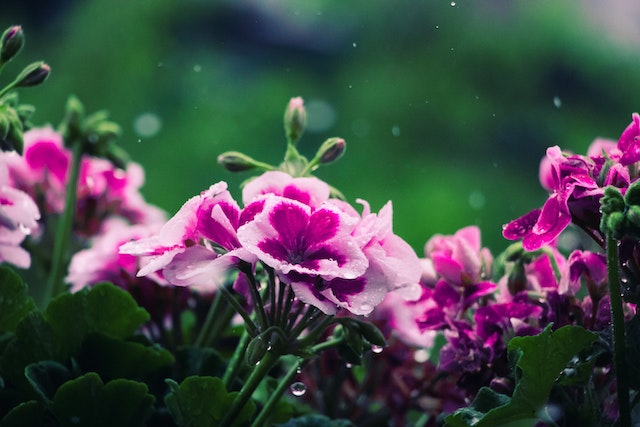
This plant is a preferred choice of many gardeners for its vibrant flowers and low maintenance.These flowering plants can add beauty and bursts of color to any garden landscape. However, it is essential to consider whether they are attractive to deer, who may see them as a potential food source. Let’s explore the appeal of geraniums to these graceful animals.
Geraniums: A Popular Garden Plant
These perennial plants, known scientifically as Pelargonium, are indigenous to regions with temperate climates. They are extensively cultivated as ornamental plants due to their beautiful and fragrant flowers. Geraniums, which come in a variety of colors including red, pink, purple, and white, have become a staple in many gardens.
Deer and Geraniums: Are They on the Menu?
When it comes to deer feeding habits, geraniums may or may not be among their preferred food sources. While geraniums have many positive qualities that attract human gardeners, their appeal to deer is less clear-cut. Deer tend to have specific preferences, prioritizing plants that are particularly palatable and easily accessible.
Factors Influencing Deer’s Attraction to Geraniums
The attractiveness of geraniums to deer may be influenced by several factors:
- Scent and Taste: The strong scent and taste characteristics of geraniums may deter deer. These animals rely heavily on their sense of smell when selecting plants to consume. If the scent of geraniums is unappealing to deer, they may be less likely to target them as a food source.
- Availability of Other Food Sources: As mentioned earlier, deer will opt for more palatable plants if they are abundant and easily accessible. If a variety of preferred food sources, such as native plants or grasses, are readily available, geraniums may be less appealing to deer.
- Regional Variation: Deer behavior and food preferences can vary across regions, influenced by factors such as climate, habitat, and local plant availability. Therefore, the likelihood of deer eating geraniums may differ depending on where the garden is located.
While geraniums are generally not considered a top choice for deer, it is important to note that individual deer behavior and preferences can vary. Some gardeners may have experienced instances where deer nibbled on their geraniums, while others may have never encountered such an occurrence.
In the next section, we will explore scientific research and anecdotal evidence to determine whether deer have a tendency to eat geraniums. This will provide us with a clearer understanding of the relationship between deer and this beloved garden plant.
Factors Determining Deer Feeding Behavior
Deer feeding behavior is influenced by a range of factors, including plant characteristics, environmental conditions, and deer behavioral patterns. By examining these factors, we can better understand the likelihood of deer consuming specific plant species such as geraniums.
Plant Characteristics
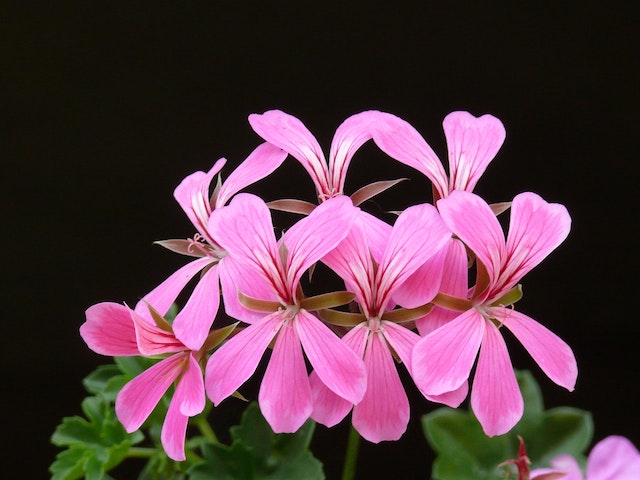
Certain plant characteristics can influence their level of attractiveness to deer. Here are some of the key plant characteristics that can affect deer feeding behavior:
1. Nutritional Value
Deer require a range of nutrients to survive, and they are more likely to consume plants that are high in protein, fiber, and other essential nutrients. Geraniums don’t typically fall into this category of nutrient-rich plants.
2. Palatability
Palatability refers to how pleasing a plant is to a deer’s taste buds. Plants that are unpalatable may deter deer from feeding on them. While geraniums are not known to be highly palatable to deer, individual deer may have different taste preferences.
3. Scent
Deer rely on their sense of smell to locate food sources, and some plants may be more attractive to them due to their scent. However, geraniums are not known for their strong scent or aroma.
Environmental Conditions
Environmental conditions can also affect deer feeding behaviors. Here are some environmental factors that can influence deer feeding habits:
1. Availability of Food Sources
Deer will consume whatever food sources are available to them in their given environment. If high-quality food sources are scarce, deer may need to target less-preferred plants such as geraniums.
2. Seasonal Changes
As the seasons change, the availability of different food sources can also change. During the winter, when snow covers the ground, deer may have to resort to feeding on plants that are normally less palatable, including geraniums.
Deer Behavioral Patterns
Deer behavioral patterns can also play a role in their feeding behavior. Here are some common deer behaviors to consider:
1. Feeding Patterns
Deer can be highly selective in their feeding habits, with some individuals preferring one plant species over another. Some deer may actively avoid consuming geraniums, so individual observations can vary.
2. Fear of Predators
Deer are prey animals and are naturally predisposed to avoid open spaces and areas where they may be vulnerable to predators. Gardens that are located closer to wooded areas or other deer habitats may be more likely to attract deer and experience potential damage.
Understanding the factors that influence deer feeding behavior is critical for gardeners who want to protect their landscape plants, including geraniums, from deer browsing. While geraniums are not typically the preferred food source for deer, individual experiences can vary based on plant conditions and deer behavior patterns. By employing different deer deterrent techniques, such as fencing, or using deer-resistant plants, gardeners will be better equipped to protect their gardens from potential deer damage.
Protection Methods for Geraniums
It may be susceptible to deer damage and crawling. However, there are a number of effective measures gardeners can take to protect their geraniums.
Fencing

The most effective way to protect geraniums from deer browsing is to install a physical barrier such as a fence around the garden or individual plants. Here are some types of fencing to consider:
1. Electric Fencing
Electric fences can be an effective deer deterrent, creating a psychological barrier around the garden. However, they can be more expensive to install and may require professional assistance.
2. Netting or Mesh Fencing
Netting or mesh fencing can also be an effective way to protect geraniums from deer. Although they are not as visually appealing as other types of fencing, they can be an affordable and effective option.
3. Solid Fencing
Solid fences can provide complete protection for geraniums, but they can be expensive and have a visual impact on the garden.
Deer-Resistant Plants
Another effective protection method is to plant deer-resistant plants that are less attractive to deer than geraniums. Here are some common deer-resistant plant options to consider:
1. Herbs and Spices

Herbs such as sage, mint, and thyme, as well as spices such as garlic and onion, are known for their repellent aroma and can be effective in repelling deer.
2. Flowers

Flowers such as daffodils, alliums, and marigolds are known to be less attractive to deer than geraniums due to their unpalatable nature or strong scent.
3. Shrubs

Shrubs such as juniper, boxwood, and forsythia can be effective in repelling deer due to their spiky texture or unappetizing nature.
Repellents
Repellents can also be an effective method of deer control for geraniums. Here are some types of repellents to consider:
1. Chemical Repellents

Chemical repellents are sprayed directly on the plants and can be effective in repelling deer. However, they require frequent application and can have a strong odor.
2. Natural Repellents

Natural repellents such as predator urine, human hair, and soap can also be effective in repelling deer. However, they require consistent reapplication and can be difficult to source.
By employing these protection methods, gardeners can effectively protect their geraniums from deer browsing and damage. Each method has its own advantages and disadvantages, so it’s important to choose the method that best fits your individual situation and needs. With effective protection, your geraniums can thrive without the threat of deer damage.
FAQ About Do Deer Eat Geraniums?
Q: Do deer consume geraniums?
A: This plant is known to be eaten by deer because it is nutritious. Individual deer may have different taste preferences, so results may vary.
Q: Why do deer consume geraniums?
A: Deer eat geraniums for a variety of reasons. Geraniums have a high water content, which can be appealing to deer during drought or dry conditions. They are also easily digestible by deer, making them a desirable food source.
Q: Are geraniums resistant to deer browsing?
A: This plants can tolerate some deer browsing, but not excessively so. If deer feed on the plants on a regular basis, they may suffer significant damage or die.
Q: What can I do to keep deer away from my geraniums?
A: There are several ways to keep deer away from your geraniums. Effective methods include installing fencing, planting deer-resistant plants, and using repellents.
Q: What kind of fencing should I use to keep deer away from my geraniums?
A: Electric fencing, netting or mesh fencing, and solid fencing are all effective ways to keep deer away from geraniums. Because each has advantages and disadvantages, personal circumstances may dictate which type of fencing is best.
Q: Can I plant other plants around my geraniums to keep deer away from them?
A: Yes. Deer can be deterred from browsing on geraniums by planting deer-resistant plants such as herbs, flowers, or shrubs.
Q: Can I use chemical repellents on my geraniums?
A: Chemical repellents may be safe to use on geraniums, but it is critical to carefully follow the instructions. Some chemical repellents are toxic to plants and create an unsanitary environment for beneficial insects and other animals.
Q: How often should I reapply repellents to keep deer away from my geraniums?
A: The frequency with which repellent is applied varies depending on the type of repellent used and the environmental conditions. It is critical to follow the manufacturer’s instructions for the best results.
Q: Can I use human or pet hair as a natural repellent to keep deer away from my geraniums?
A: Yes. Human or pet hair can be used as a natural repellent to keep deer away from geraniums. It may, however, necessitate regular reapplication and may be less effective than other methods such as fencing or planting deer-resistant plants.
Q: Should I only protect my geraniums from deer browsing at certain times of year?
A: Because deer browsing can occur at any time of year, it is critical to protect your geraniums from deer at all times. However, seasonal changes may influence deer behavior, so individual experiences may differ.

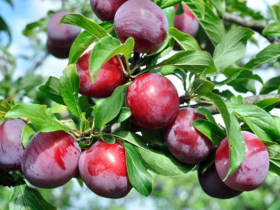
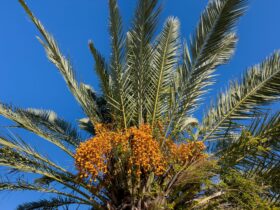

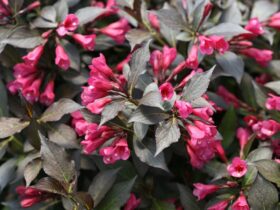
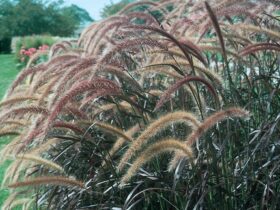
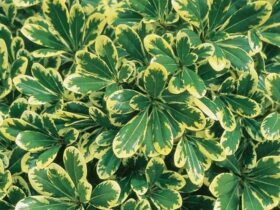




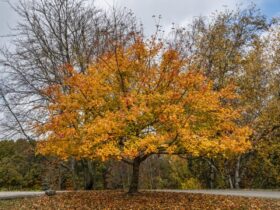

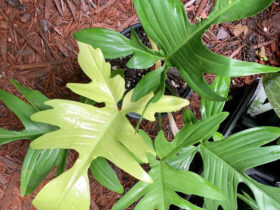
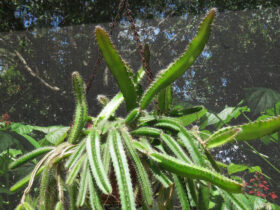
Leave a Reply